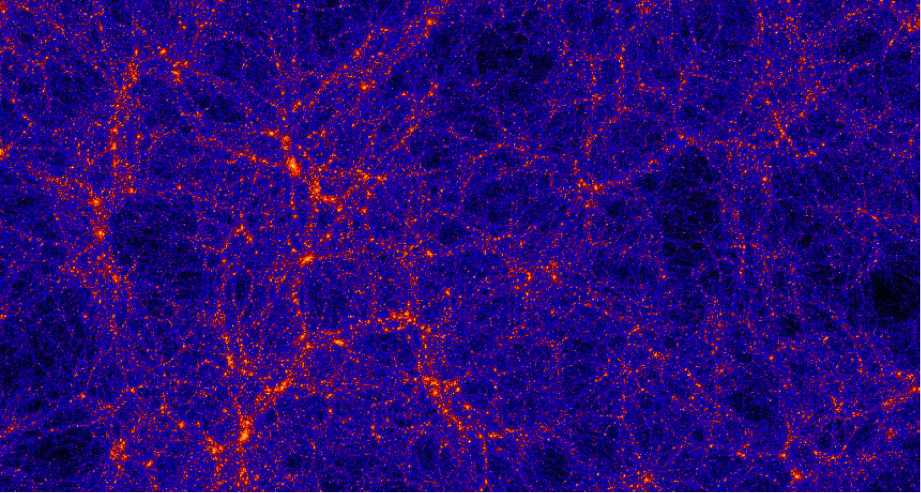The TolTEC Large Scale Structure Survey
| Wavelength | Optimal Depth (rms) |
|---|---|
| 1.1 mm | 0.25 mJy/bm |
| 1.4 mm | 0.18 mJy/bm |
| 2.0 mm | 0.12 mJy/bm |
Depth Goal: ULIRG limit (LIR>1012L_sun, S1.1~0.2mJy rms).
Areal Coverage: 40-60 sq. deg. depending on mapping speeds
Field Priority:
Why do a Large Scale Structure Survey?
Given that most star formation occurs behind thick veils of dust, it is crucial to include this active phase when mapping out the formation and evolution of galaxies along the cosmic web. Current observations are limited by small mapped volumes and the lack of extensive redshift information. A massive expansion of survey volume and sensitivity is required to uniformly probe a range of environments in order to answer the following key questions: How are dust-obscured galaxies distributed within the cosmic web? What is the relationship between obscured star formation and environment over cosmic time?
The extraordinary mapping speed of TolTEC can provide the missing far infrared-view of dust-obscured star formation and AGN activity. TolTEC surveys will provide the necessary detections and statistics to determine properties of the halos hosting dusty galaxies through clustering measurements performed by angular correlation analysis of over a million galaxies detected at 1.1/1.4/2.0mm on areas of the sky also mapped with spectroscopic or high precision photometric redshifts by other experiments such as HETDEX, DESI/BigBOSS, DES, LSST, and Euclid.
 Large scale structure and massive galaxies within. Credits: Science, Anatoly Klypin/New Mexico State University, Joel Primack/UC Santa Cruz.
Large scale structure and massive galaxies within. Credits: Science, Anatoly Klypin/New Mexico State University, Joel Primack/UC Santa Cruz.